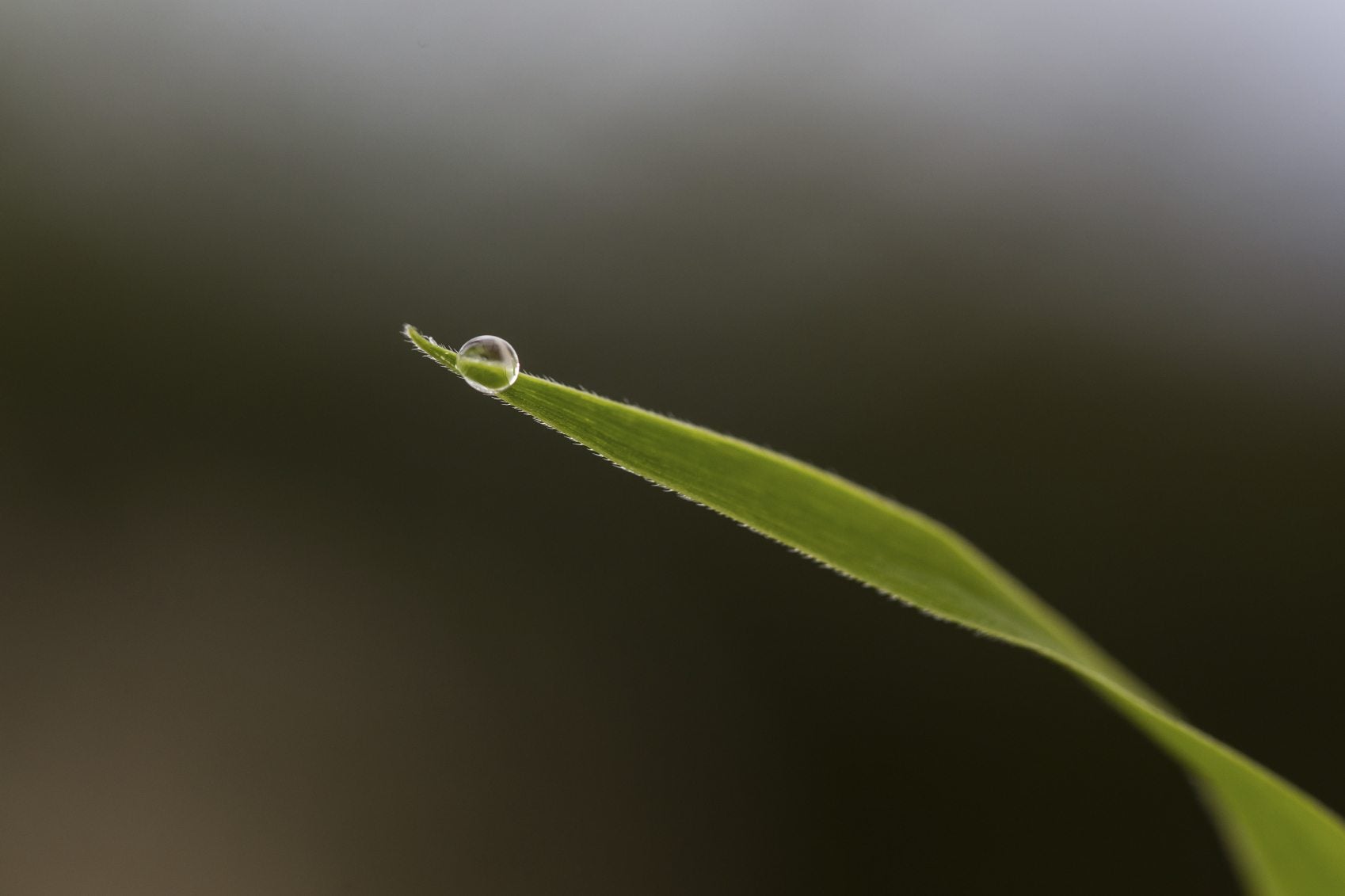What Is Guttation – Learn About The Causes Of Guttation In Plants


Guttation is the appearance of little droplets of liquid on the leaves of plants. Some people notice it on their houseplants and expect the worst. Although unsettling the first time it happens, guttation in plants is completely natural and not harmful. Keep reading to find out more about the causes of guttation.
What is Guttation?
Plants gather a lot of the moisture and nutrients they need to survive through their roots. In order to move these things upward, the plant has tiny holes in its leaves called stomata. Evaporation of moisture through these holes creates a vacuum that pulls water and nutrients in the roots up against the pull of gravity and throughout the plant. This process is called transpiration. Transpiration stops at night when the stomata close, but the plant compensates by drawing in extra moisture through the roots and building up pressure to force nutrients upward. Day or night, there is constant motion inside a plant. So, when does guttation occur? The plant doesn’t always need the same amount of moisture. At night, when temperatures are cool or when the air is humid, less moisture evaporates from the leaves. However, the same amount of moisture is still drawn up from the roots. The pressure of this new moisture pushes out the moisture that is already in the leaves, resulting in those little beads of water.
Guttation vs. Dew Drops
Occasionally, guttation is confused with dew drops on outdoor plants. There is a difference between the two. Simply put, dew is formed on the plant’s surface from the condensation of moisture in the air. Guttation, on the other hand, is moisture emitted from the plant itself.
Other Conditions for Guttation in Plants
Most people’s gut reaction is that guttation is a sign of overwatering. While it could be, it is also a sign of a perfectly healthy plant, so you shouldn’t cut down on watering if you notice it. Guttation in plants can really only be harmful if you are overfertilizing. If this is the case, minerals from the fertilizer can build up over time on the leaf tips and burn them. If you notice small, white deposits on your leaf tips, you should cut down on your fertilizing.
Gardening tips, videos, info and more delivered right to your inbox!
Sign up for the Gardening Know How newsletter today and receive a free copy of our e-book "How to Grow Delicious Tomatoes".

The only child of a horticulturist and an English teacher, Liz Baessler was destined to become a gardening editor. She has been with Gardening Know how since 2015, and a Senior Editor since 2020. She holds a BA in English from Brandeis University and an MA in English from the University of Geneva, Switzerland. After years of gardening in containers and community garden plots, she finally has a backyard of her own, which she is systematically filling with vegetables and flowers.
-
 Zinnias On Repeat: 10 Glorious Cut-And-Come-Again Varieties For Endless Summer Bouquets
Zinnias On Repeat: 10 Glorious Cut-And-Come-Again Varieties For Endless Summer BouquetsThese zinnia varieties keep giving all summer, making them the perfect choice for dedicated cutting gardens – or just the occasional homegrown bouquet.
By Ellen Wells
-
 Create A Romantic Garden Straight Out Of Bridgerton: Regency Era Romance In Your Garden
Create A Romantic Garden Straight Out Of Bridgerton: Regency Era Romance In Your GardenTry some romantic garden ideas straight out of Bridgerton. Flowers and gardens in the Regency era were lush and charming and you can get the same look!
By Bonnie L. Grant
-
 8 Easy Care Houseplants That Live A Long Time
8 Easy Care Houseplants That Live A Long TimeClick here to learn about our 8 favorite low maintenance houseplants that can, with proper care, live a long time.
By Amy Grant
-
 How Often Should You Repot Plants?
How Often Should You Repot Plants?Escaping roots and shrinking leaves may mean your plant wants a new pot, but some like staying cramped and cozy.
By Mary Ellen Ellis
-
 Orange Flowering Houseplant Varieties With Tropical Flair
Orange Flowering Houseplant Varieties With Tropical FlairClick here to learn about some cheerful orange-blooming houseplants you can try growing.
By Mary Ellen Ellis
-
 Variegated Houseplants With Lovely Leaves
Variegated Houseplants With Lovely LeavesWhat are some of the best variegated houseplants to add to your collection? Click here to find out.
By Amy Grant
-
 Lovely, Lacy Indoor Foliage Plants
Lovely, Lacy Indoor Foliage PlantsClick here to learn about some houseplants with lacy foliage to add to your collection.
By Mary Ellen Ellis
-
 Best Christmas Houseplants And Plants For Winter Holidays
Best Christmas Houseplants And Plants For Winter HolidaysClick here for an idea of the best houseplants to use for holiday décor for Christmas, Hanukkah, Kwanzaa, and New Year’s.
By Laura Miller
-
 Best Big Houseplants To Create An Indoor Oasis
Best Big Houseplants To Create An Indoor OasisIf you have the space you may want to grow some large houseplants. Here are some ideas.
By Mary Ellen Ellis
-
 Relaxing Plants To Grow Indoors For A Calmer Mind
Relaxing Plants To Grow Indoors For A Calmer MindAre there houseplants that can help you to relax? Click here to find out.
By Laura Miller